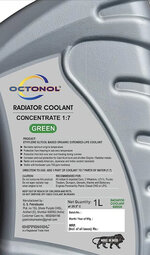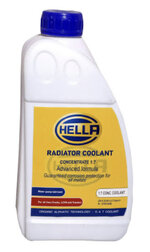Hello everybody!
I'm getting ready to change coolant on my 01 cummins. Its about 30k on the current and i try to change it about every 30k miles with cheap green coolant. All my previous coolant changes I purchased 50/50 pre diluted coolant and just poured it in until it was full. A while back I read on this forum about coolant ratio and that it was okay to have 60-70% coolant and 40-30% water. Would it be better to keep engine cooler in hot summer months here in SC?
Also I started towing a dump trailer and use it on the property and realized that my truck is getting hotter when I tow. Thats why I got 190 degree thermostat to change out and hoping to get "better cooling" with high ration of coolant?
I'm thinking about flushing coolant system by following moparman write up and flushing it with water to make sure to get old coolant out of heater core and everywhere. And then start filling it up with coolant concentrate. Its about 3 gallons of coolant, so i would use 2 gallons of concentrate and then fill the rest with water.
Anyone see of any issues with that?
I'm getting ready to change coolant on my 01 cummins. Its about 30k on the current and i try to change it about every 30k miles with cheap green coolant. All my previous coolant changes I purchased 50/50 pre diluted coolant and just poured it in until it was full. A while back I read on this forum about coolant ratio and that it was okay to have 60-70% coolant and 40-30% water. Would it be better to keep engine cooler in hot summer months here in SC?
Also I started towing a dump trailer and use it on the property and realized that my truck is getting hotter when I tow. Thats why I got 190 degree thermostat to change out and hoping to get "better cooling" with high ration of coolant?
I'm thinking about flushing coolant system by following moparman write up and flushing it with water to make sure to get old coolant out of heater core and everywhere. And then start filling it up with coolant concentrate. Its about 3 gallons of coolant, so i would use 2 gallons of concentrate and then fill the rest with water.
Anyone see of any issues with that?


